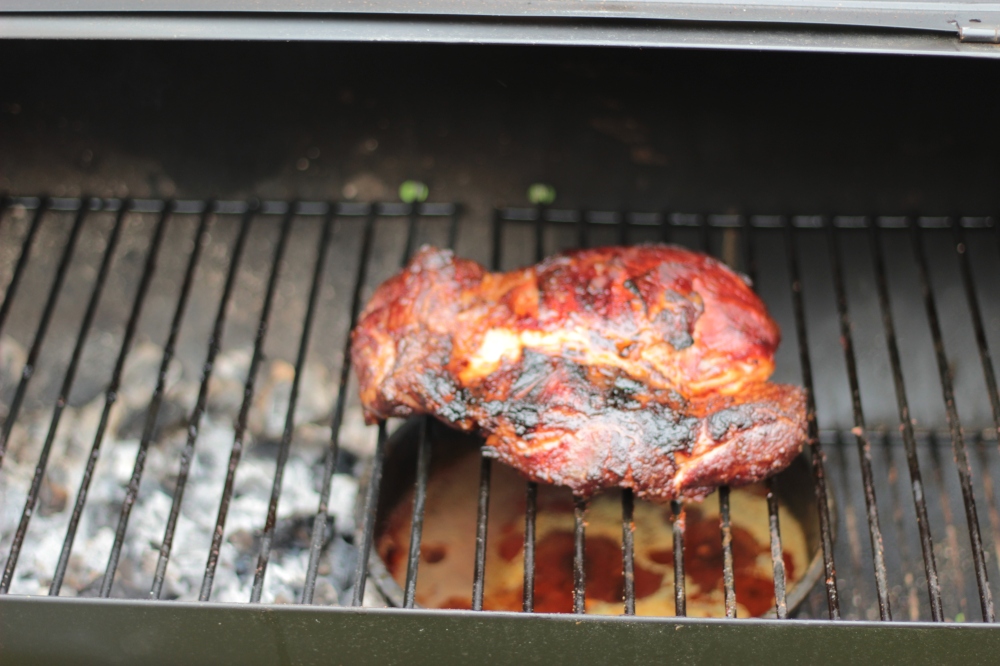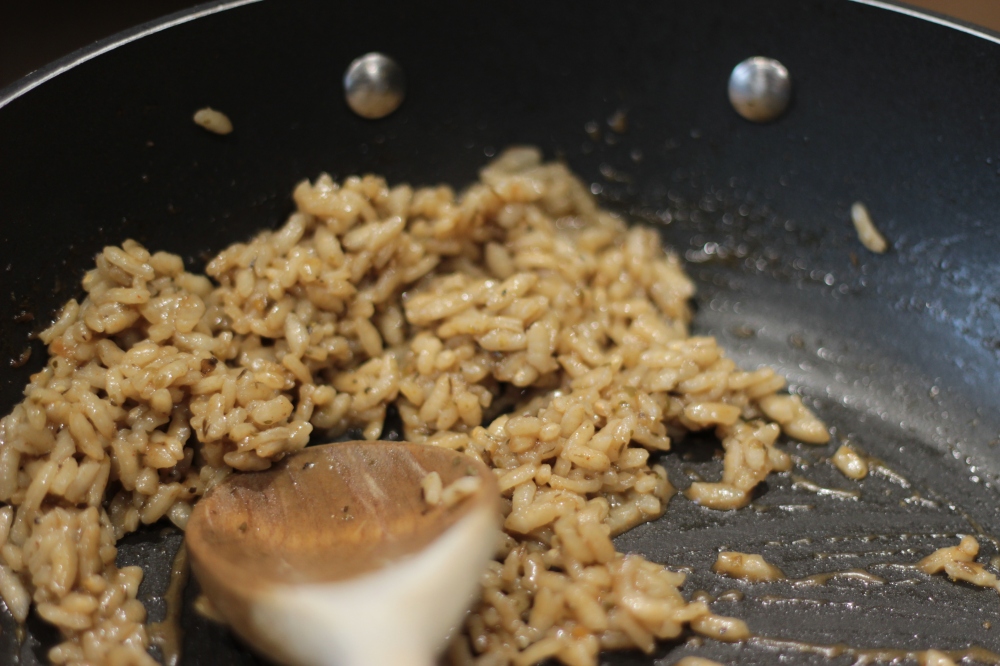I’ve been wanting to do this for so long. It turned out even better than I expected.
It’s fair to say that when we ‘roast’ meat, we’re usually putting it in an oven. Technically this is baking, the difference is that roasting uses radiant heat rather than convection. True roasts are a treat, not something for the everyday, they take time, effort, and a bit of skill. But oh boy are they worth it.
To roast meats like this you do need to employ a bit of science, but whatever you do, get to know how heat travels around your BBQ. I’d really recommend The Science of Cooking by Dr Stuart Farrimond which a great book anyway, but it also has a really handy bit on the physics of barbecuing. Just because you’re using radiant heat doesn’t mean your meat has to be right over the coals, in fact the fat dripping can disrupt your control of the fire and the heat. But hey, it’s your party as they say. I would recommend using a fireproof dish/tin underneath the meat to catch the dripping (I used an old cake tin). Fill the tin with 1-2cm of water helps keep the meat from drying out.

This isn’t a recipe as such, but a rough guideline.
For this you’ll need
- Paprika
- Table salt
- Oregano
- Dark muscavado sugar
- Pork shoulder joint
- 150g arborio rice
- 1 chicken stock cube
Method
- Begin the night before by preparing the meat. Skin the rind of the meat and most of the fat. Leave some on so that it can melt away in the roasting.
- The rub is very simple, add equal parts paprika, salt, oregano, and sugar. If you have some left over, pop it in a jar and save it for another day. Lather it on, don’t spare it. Place it in a covered container overnight in the fridge.
- Prepare you barbecue. As a very general rule of thumb, 500g of meat takes an hour to roast. Every time you open that barbecue hatch will result in heat rushing out and it is difficult to get it back. I prefer to use lump wood charcoal rather than briquettes – the latter maintains heat better, but the former is far better for taste. You can get some good sized charcoal lumps, don’t pay less than £2.50 a kilo if want good quality charcoal. I confess I had to restock the charcoal halfway through, but it worked out well – don’t panic and leave yourself plenty of time.
- As you near the end of the cooking time, place the meat directly over the coals to get some extra smokiness and some added crisp.
- Let it rest, now for the risotto. This was one of those strokes of thought that was either going to be amazing, or absolutely terrible. It was great as it turned out.
- Pour your drippings into a measuring jug, add the stock cube, and use hot water to top up to a litre.
- Pour a small amount of oil (I used rapeseed but by all means choose your poison), fry the rice for a minute until it starts to become translucent. On a high heat, add a ladle of water until the rice has soaked up the moisture and add another ladle. Repeat until the rice has a smooth, slightly sticky but not soupy source.
